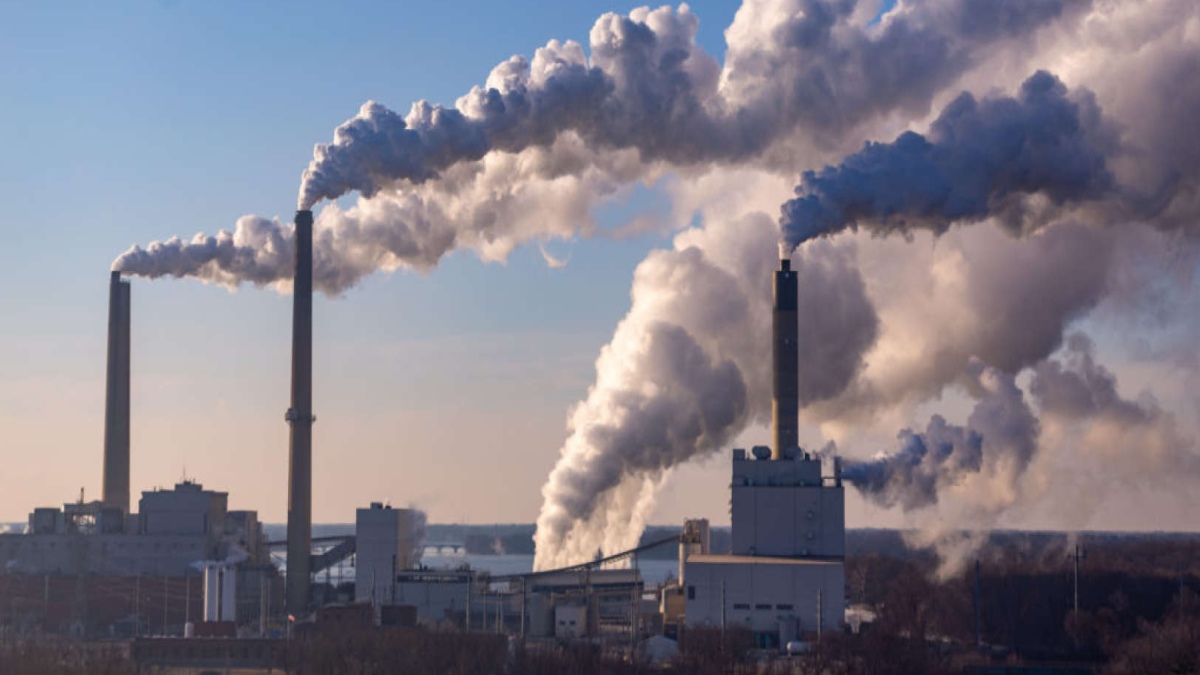


The government is having a serious deliberation with senior bureaucrats and other advisers if it can set a goal to zero out its greenhouse gas emissions by 2050, an ambitious target that would require overhauling its coal-dependent economy.
People familiar with the matter, as per a report by Bloomberg, say that a 2047 target is also being considered to mark the centenary of India’s Independence from British rule.
India, the world’s third-biggest emitter, has come under pressure to make a net-zero pledge ahead of global climate talks in Glasgow, Scotland, this year. Signatories of the Paris Agreement are expected to boost their commitments to slow global warming, and China—the biggest polluter—won international praise for setting a 2060 net-zero target in September. By putting a deadline 10 years prior to that of China’s, India is planning to make a big green statement.
The timing and scope of India’s announcement could depend on pledges other nations make on 11 April, when US President Joe Biden is set to gather world leaders for an Earth Day summit. The event is the first such meeting Biden will host as President, and he’s asked climate envoy John Kerry to secure fresh commitments from attendees.
“Every single country has to step up ambition,” Kerry told the BBC during his visit to the U.K. earlier this month. He explicitly included India while singling out “the 20 countries that are the equivalent of 81% of global emissions.”
Once the US adopts a widely anticipated net-zero goal, nine of the 10 largest economies will have made pledges to neutralise emissions. If India does so, too, it would mark a significant step toward the Paris Agreement aspiration of keeping average temperatures from rising more than 1.5 degree C above the pre-industrial period.
Over the past decades, developing countries have contributed far less greenhouse gases to the atmosphere than nations that industrialized earlier. As of 2018, India ranked seventh among top historical polluters, after the US, China, Russia, Germany, the UK and Japan.
Even the Paris accord acknowledges this reality, noting that nations have “common but differentiated responsibilities”. The clause has been used to support arguments that rich countries should cut their emissions faster, allowing poorer countries to use fossil fuels for a bit longer to help them achieve the prosperity which the West has enjoyed for decades.
“For countries such as India, the most important thing is to achieve the greatest development for the fewest additional emissions,” Bloomberg quoted Navroz Dubash, a professor at the Centre for Policy Research and editor of the book India in a Warming World, as saying. “You don’t want to do what China did, which is rapidly increase emissions and then have to rapidly decrease them. You want India to figure out ways to avoid locking in high-carbon infrastructure.”